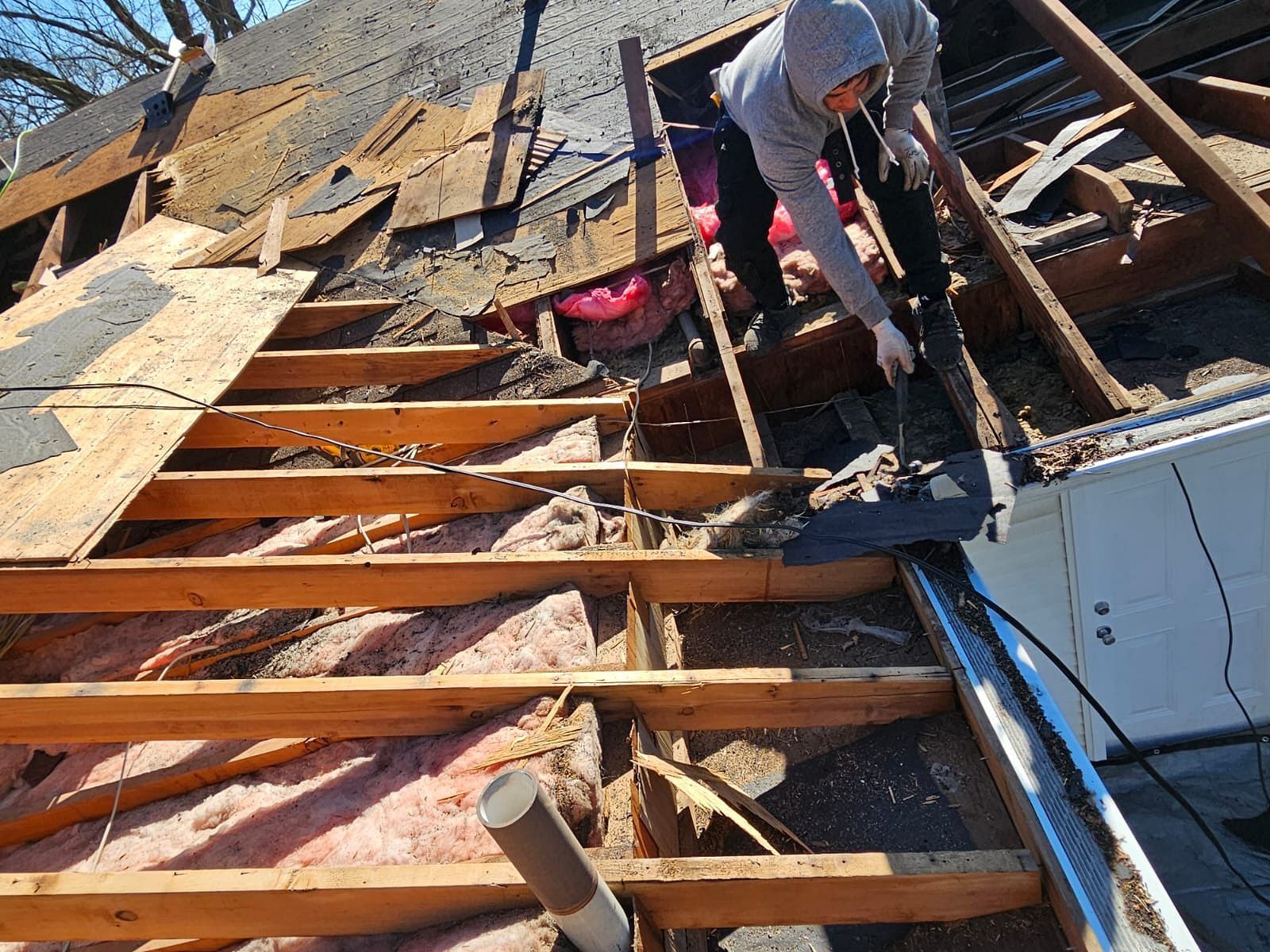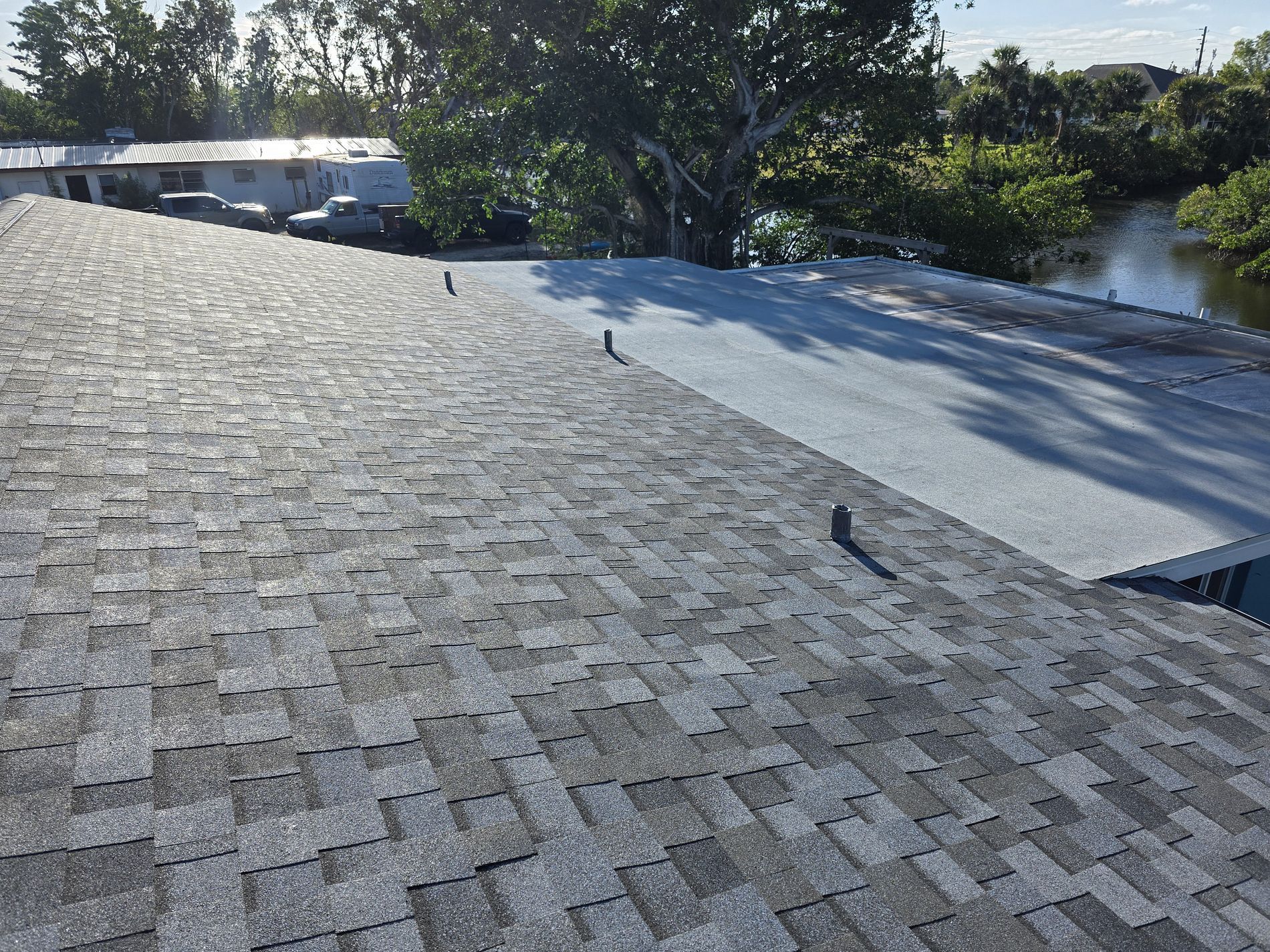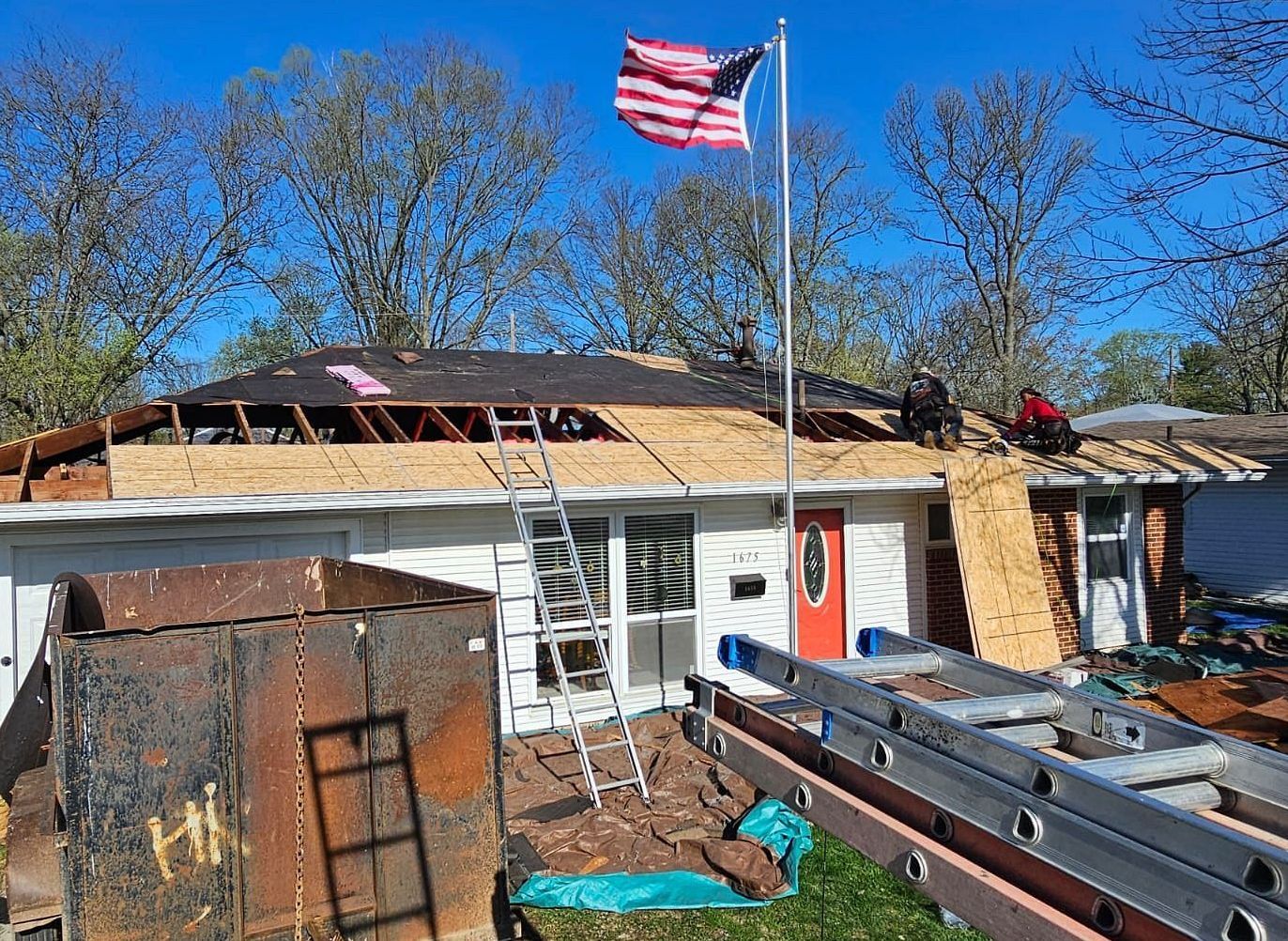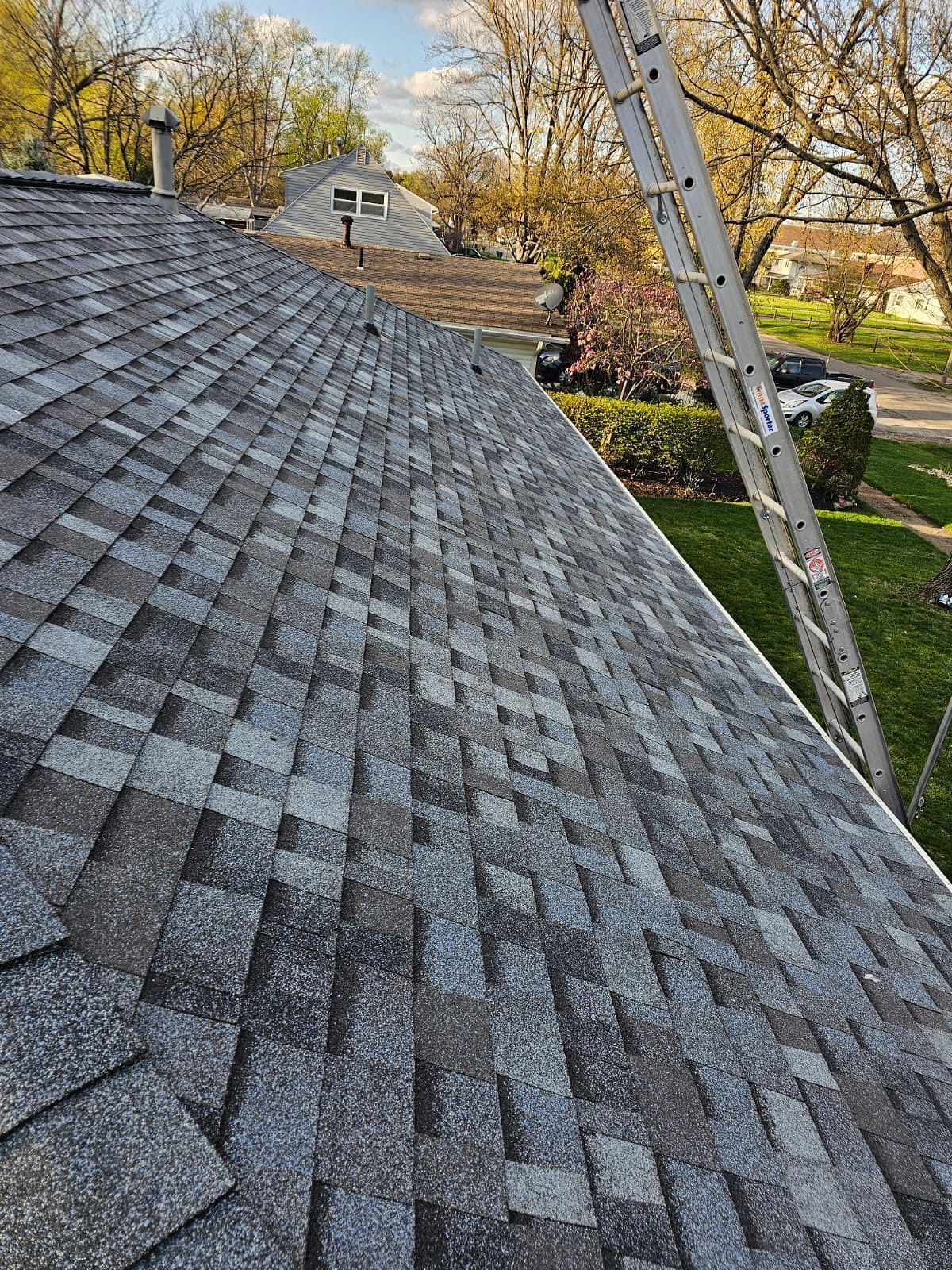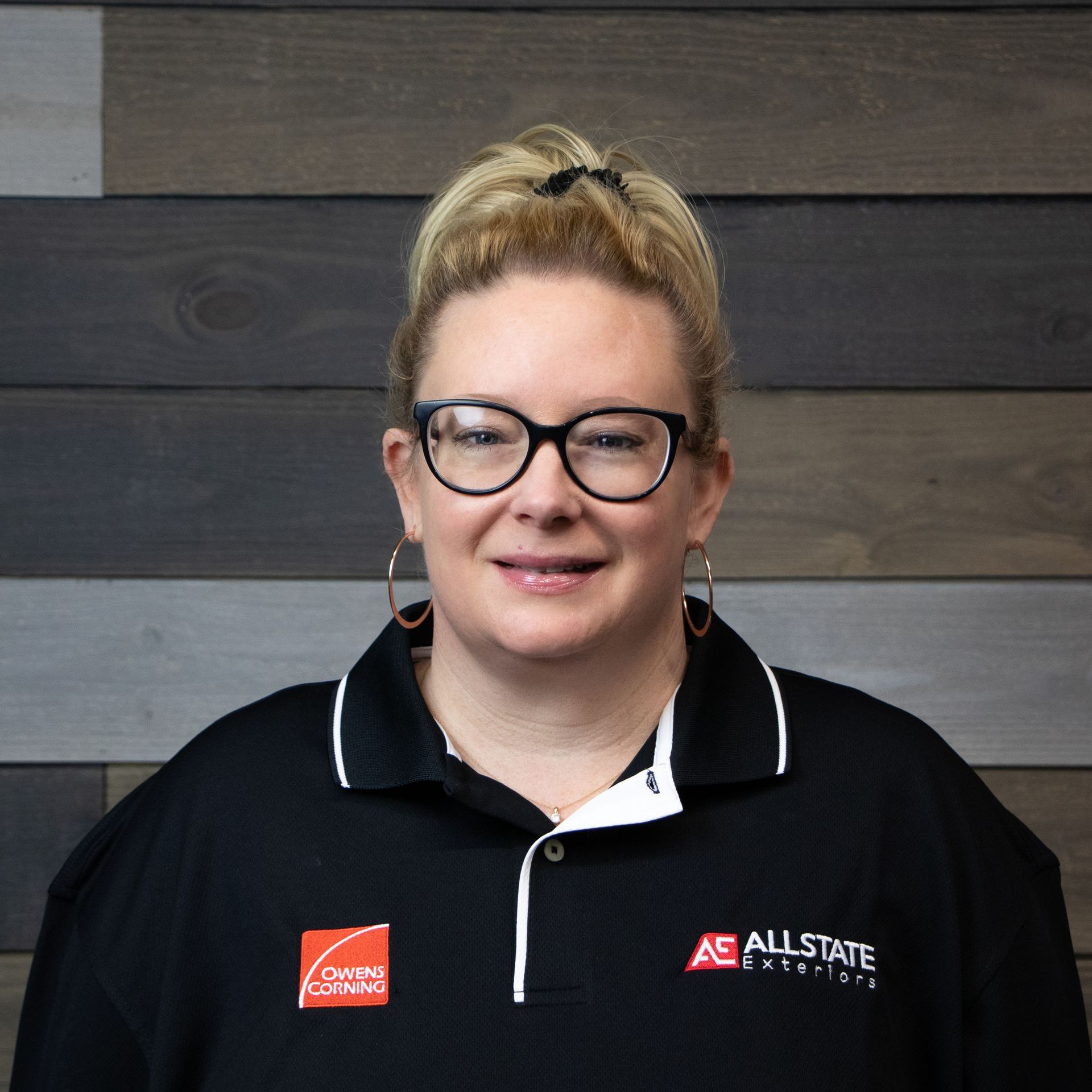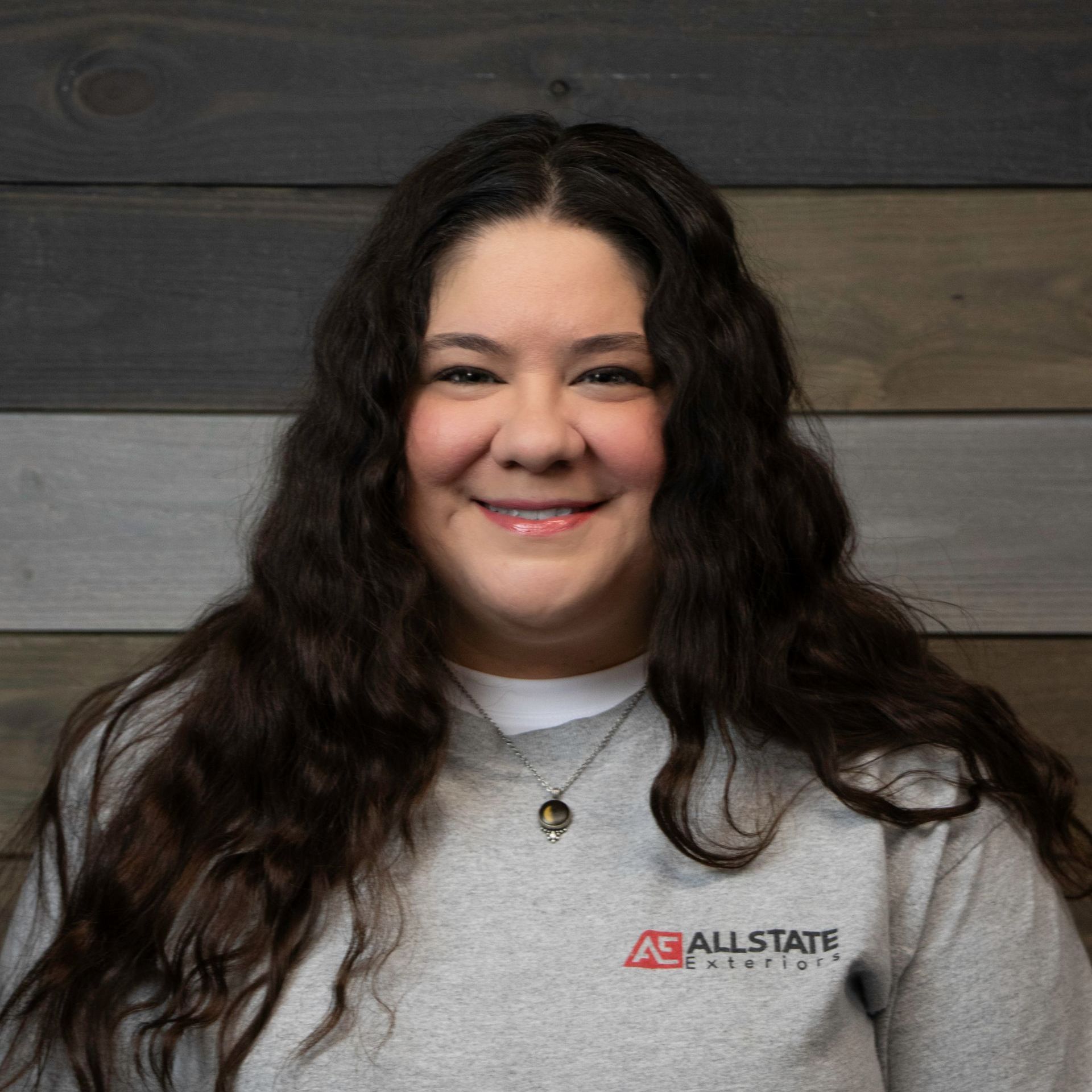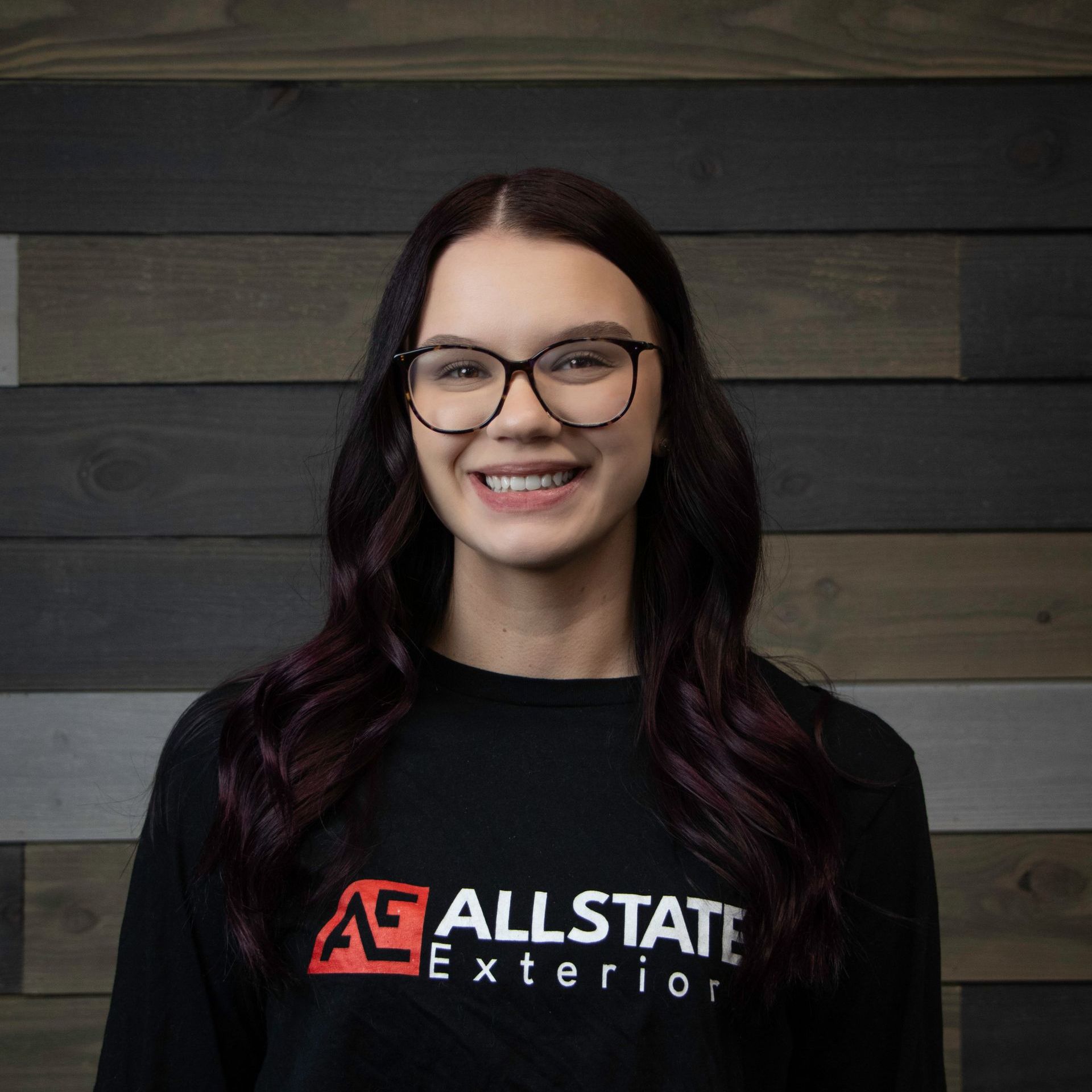How To Choose The Best Roof To Put On Your House

The roof is perhaps the most important component of your home. It protects your property, family, and everything inside from the elements. With so many options for your new roof, you may not be sure if you should stick with your current roofing material or try something new. When choosing a new roof, there are several benefits you should consider, including the lifespan, energy efficiency, fire and wind resistance, and level of maintenance required. In general, here are the three most common roofing materials for Central Ohio residents.
1. Asphalt Shingles
Asphalt shingles make up more than 75 percent of single-family homes in the US, and for good reasons. They are affordable and come in a variety of attractive styles and colors. Asphalt shingles also perform well in protecting homes from the elements.
Pros of Asphalt Shingles
- Looks aesthetic on most styles of homes
- Affordable
- Last around 20 years on homes located in moderate climates
- A broad selection of styles and colors
- No support beyond regular roof sheathing is required
- 3-tab shingles offer up to 60-70 MPH wind uplift, while high-wind shingles offer 130 MPH wind uplift
- Shingle repair is easy and cost-effective
Cons of Asphalt Shingles
- The lifetime cost is higher than tile, metal, or slate
- Cheaper asphalt shingles last just 10-15 years, especially in hot, sunny climates
- Rapid temperature fluctuations can cause asphalt shingles to crack
- A poorly vented attic may trap heat and significantly shorten the lifespan of asphalt shingles
- Asphalt shingles are the least eco-friendly roofing option
- Mold or algae growth can be a problem on shingles in shady areas
2. Metal Roofing
Metal roofs may last as long as 100 years. Due to the continuous demand for durability, metal roofs have enjoyed a recent resurgence in the roofing industry. Although metal roofing materials are still manufactured in rolls, you can find rigid sheet roofing designs with vertical seam panels or modular press-formed panels which can be coated or painted with granules. The manufacturing processes for metal roofing systems allow for a variety of appearance options, including designs made to mimic shingles, tile, or wood shakes. The most common metals used are zinc, aluminum, and lightweight steel.
Pros of Metal Roofs
- New styles can mimic shingles, tile, wood shakes, or slate
- Available in dozens of colors
- Metal roofs last between 50 to 75 years, with warranties of 30-50 years
- Metal reflects solar radiant heat, keeping your home cool and energy efficient in hot weather
- Many metal roofing profiles have a Class A fire rating
- Metal sheds snow and rain better than most other roofing materials
- Metal roofs are recyclable
- Lightweight and highly resistant to impact
Cons of Metal Roofs
- More expensive than asphalt shingles and wood shakes
- Without proper attic space or substrate , metal roofs can be noisier than other materials when it rains
- Metal can dent when hit by heavy objects
3. Flat Roofs
When it comes to flat roofing systems, your options can be both limited and expansive. The most common materials for residential flat roofs include single-ply and modified bitumen. Since flat roofs typically have a very low slope, your main goal should be to create a barrier which will be impenetrable to water.
Flat roofs often require the application of adhesives, but other types like modified bitumen can be installed with a torch. Modified Bitumen is often installed in multiple layers, each being torched to the underlying surface. The installation process can be labor-intensive and should only be done by experienced professionals. You can also opt for cold-roll applications involving the application of roofing tar.
PVC Single-Ply Membrane is arguably the most popular type of flat roofing material. This flat roofing material is extremely strong and durable, offering a breaking point of 300 pounds per inch. PVC seams are hot-air welded (heat-welded) to create a watertight bond. The welded seams are typically stronger than the roofing material itself.
Pros of Flat Roofs
- Modified Bitumen has multiple layers, making it relatively durable
- PVC membranes, especially light-colored ones, are extremely energy efficient
- Versatile since you can turn your rooftop into a garden or living area
- Easy to maintain than steep-sloped roofs
- Offers better energy efficiency, especially in warmer climates
Cons of Flat Roofs
- Single-ply roofing membranes can be ripped apart by sharp objects and collisions
- Poses challenges in colder climates since ice and snow can quickly pile up
- Flat roofs will require replacement in 10-20 years
So, deciding on the best roofing system to install on your home will depend on your preference, budget, and climate. It’s recommended to speak with a reputable, local roofer to examine your exact situation and recommend the right roofing material. Allstate Exteriors in Central Ohio can help you choose the best material and style for your home. Contact us today to begin the conversation with one of our experienced roofing consultants.
